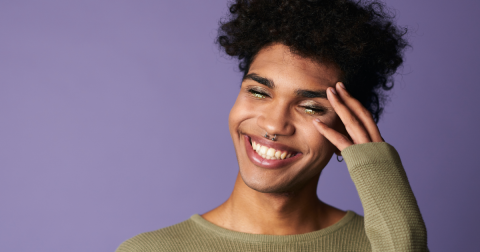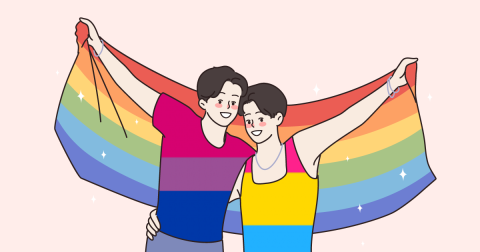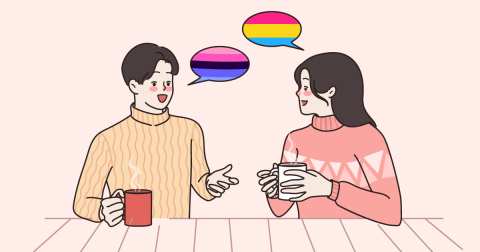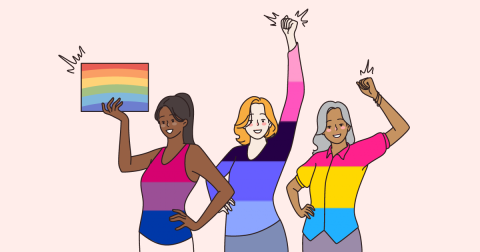- Mar 01, 2022
- JL Heinze
The following listing of survivor communities and hubs are intended to provide online support through the use of forums, chat rooms, self-help, and general resources to survivors of sexual violence. These resources are organized by the following: peer support, military service members and veterans, male survivors, culturally specific online support, and support for partners of sexual abuse survivors. Sexual Assault Programs should review these resources to become familiar with them before offering recommendations to survivors.
- Jan 14, 2022
- JL Heinze
This list of resources was compiled to help connect people with tools, resources, and materials for learning Black History on their own.
- Jan 10, 2022
- JL Heinze
As we’ve learned from our research on sexual violence in disasters, crises further magnify pre-existing social inequalities and violence. Stalking is no exception. The crime of stalking is highly misunderstood, often misportrayed in the media, but extremely pervasive and harmful.
- Dec 02, 2021
- JL Heinze
The past two years have been a period of rapid change. Since the onset of the COVID-19 crisis, NSVRC has been paying keen attention to the ways in which the pandemic has impacted not only survivors, but also service providers, advocates, activists, and communities at large. In remaining loyal to the importance of showcasing community members’ voices and not speaking on their behalf, the following guest blog series explores the different narratives within the social justice community and community working to end sexual violence.
- Nov 19, 2021
- JL Heinze
This list aims to provide a comprehensive array of contacts, support resources, and recommended materials which members of the transgender community and their allies may find helpful.
- Oct 26, 2021
- JL Heinze
Like many holidays, Halloween can be a triggering time for survivors. This holiday also poses unique risks and barriers when it comes to preventing sexual violence. This isn’t just due to the fact that Halloween parties and gatherings may create environments with increased rates of sexual assaults and harassment, but it is also due to trauma triggers such as dark lighting, fearful screams, obscuring masks, and graphic and violent imagery that are hallmarks of this time of year.
- Sep 27, 2021
- JL Heinze
Here are 11 common misunderstandings people have about high-profile sexual assault cases, pulled directly from social media comments.
- Sep 22, 2021
- JL Heinze
Biphobia, or the fear or rejection of Bi+ identities and people, has been pervasive throughout history and is still present today.
- Sep 22, 2021
- JL Heinze
The Bi+ community has struggled to be seen both as part of the LGBTQ+ spectrum and a community of its own kind, particular to itself. As a result, Bi+ specific resources are less common than resources for other LGBTQ+ communities. Despite this, there has been a growing awareness of the unique needs of the Bi+ community.
Guides & Publications
- Sep 22, 2021
- JL Heinze
*This blog covers issues of sexual violence, self harm, and discrimination and may be triggering for some readers.
Sexual Violence Statistics
Pagination
- Previous page
- Page 3
- Next page










